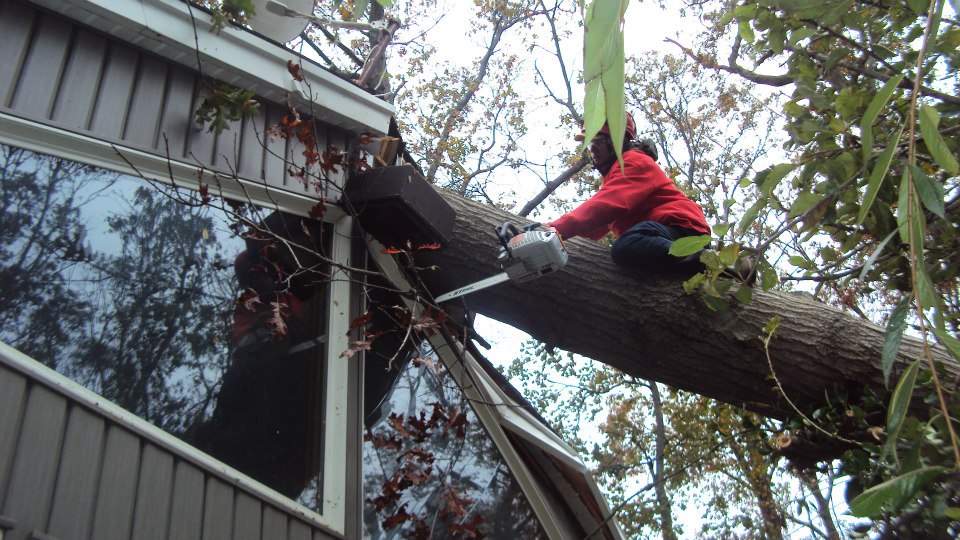Main Types of Tree Root Systems

Main Types of Tree Root Systems The two main types of tree roots are lateral roots and tap roots. Lateral roots grow outward from the trunk, while sinker and wide roots extend outwards. They all take advantage of deeper water and nutrients, increasing the stability of the tree. Each of these types gives rise to fine roots. These are the areas where nutrients and water are directly absorbed. They also house my corrhizae, which increase the absorption capacity of the root.
Heart root systems gain stability
from the weight of the root ball and the resistance of soil. The weight of the root ball is counterbalanced by the weight of the tree’s aboveground parts. Although the heart type is more resistant to wet conditions, it is still susceptible to rot and rotates in the ground, especially if it is planted in a very wet soil. Red oak and honey locust are examples of trees with heart root systems.
Heart root systems are similar
to lateral roots but have more than two dozen primary roots. The larger ones branch out laterally from the trunk, extending in a horizontal direction. These are the most common types of tree root systems and can be found in urban areas. The main difference between heart and lateral root systems is that they have varying degrees of girth. While lateral roots are the most common, most trees have heart root systems.
Heart root systems are characterized
by the presence of a central root extending downwards from the main trunk. Hickory, walnut, and oak are the most common examples. They tend to be more obvious in younger trees. The trunk of a large walnut tree, for instance, goes straight down into the ground, suggesting that it has a tap root system, rather than spreading laterally. As a result, they grow in a very specific area with ideal growth conditions.
Heart root systems rely
on the weight of the tree, as well as the resistance of the soil. They are the most common type of tree root system, and are more commonly found in urban areas. 80% of all tree species have lateral root systems. Ash and most other urban trees have heart root systems. Unlike lateral roots, heart roots are usually divided into two types: oblique and tap. The oblique and heart types are the most commonly seen.
The three types of tree root Systems
are categorized into two: heart root systems and lateral roots. In a forest, the lateral roots are most common. In contrast, the lateral roots are more stable and have a much lower overall score. In the garden, the lateral and deep roots are the most prevalent type. They both work in tandem with each other to produce the strongest and most durable tree. For the most part, these types of tree root systems are the same, but differ in their structural characteristics.
The heart root system
refers to the type of tree root system that is more aggressive. The heart root system is found in trees with several thousand slender roots. In contrast, the heart root systems are mostly horizontal. The heart root system is also known as the lateral root. These are common types of tree root systems, but some types of root systems have a hybrid between the two. Some of these species are similar in their size and shape.
Differentiating between heart root systems
and lateral roots depends on climate and soil conditions. In dry climates, tree roots are mostly in the ground. In wet climates, heart root systems can result in the rotation of a tree. However, these trees are not as common as those that grow in humid climates. They do not have the capacity to rotate. If you live in a humid region, you should be aware of these differences.
Lateral root systems
on the other hand, use lateral roots to gain stability. They are not deep and do not have very much root mass, but instead provide stability to the tree. They are commonly used for urban and suburban areas. As long as they have the capacity to support a tree, they should be able to grow in those environments. The best place for them is in a sheltered area with good drainage.
Anatomy of Tree Root Systems
If you have trees in your landscape, you should know about Tree Root Systems. They are a key component of a tree’s health. The right kind of root system is essential to the life and health of your landscape. The following are some of the benefits of Tree Root Systems. These include: (1) Increased soil fertility and stability; (2) Lessening the risk of disease or pests; and (3) Better aesthetics.
Woody Roots: These are large, lateral
roots that form near the base of the stem and root. They provide support, anchorage, water and mineral transport, and carbohydrate storage. The root system also consists of the same types of branches. They can extend from eight to twelve inches below the soil surface and can be four to seven times the drip line. They are perennial and show annual growth rings. They can be found in a wide variety of plants, including hardwoods, shrubs, and trees.
Lateral Root Systems
These are the most common type of tree root systems. They obtain their stability from the weight of the tree and the spread of its roots. In general, they do not have a lot of root mass. They can support the tree without investing in root mass. They are most commonly seen in urban settings and are dominated by oblique, heart, and lateral roots. These roots are the most important part of a tree’s life cycle.
Tap Root: The most common
type of tree root, the tap root, provides stability and absorption. Other roots, called lateral roots, grow outwards from the tree’s trunk. These are the anchors of the tree and anchor the tree above the ground. Other root types are oblique and non woody. These roots have similar functions. They serve as an alternative anchor for the tree, and are also useful in preventing soil erosion.
Heart Root Systems: These are the most
common type of tree root. They gain their stability through their weight and resistance in soil. The heart root system is vulnerable to failure in wet soils. Wind and gravity can cause the tree to rotate in the ground. These trees also produce a lot of oxygen. If you want to protect your trees, you need to invest in a quality solution that will help them grow. This type of system can be an essential part of a healthy and well-balanced landscape.
In general, Tree Root Systems
are the most efficient way to protect a tree from damage from pests and disease. They are an excellent choice for landscaping. A professional tree service company will install a tree in your yard that is compatible with your existing landscape. Once you’ve chosen a species of trees, you should check out the Tree Root Systems that are best for your environment. Inspecting the roots can ensure the safety of your landscape and ensure proper functioning of the trees.
Moreover, Tree Root Systems are beneficial
in many ways. Apart from providing stability, they also help a tree to grow in an environment that’s suitable for its type. In some areas, trees with a heart root system are the most vulnerable to soil wetness. In other regions, tree roots that have these systems are highly resistant to drought. It is best to have a tree service with a good experience in this area.
To ensure a tree’s safety, it is essential
to understand its root system. It is a vital part of the ecosystem, providing a place for countless living things. Fortunately, most trees have root systems that are suited for them. However, the best way to protect a tree from harm is to learn as much as you can about the different types of root systems. And when you know what kind of root system your tree has, you can make a more informed decision on the best way to protect it.
The lateral root system is primarily
responsible for tree stability, while the sinker one is responsible for stability. It is essential to prevent the damage to your trees by avoiding damage to its roots. But there are a few things you can do to protect them. If you’re unsure about how to protect your trees, you can ask a professional to inspect them and offer you an accurate estimate. It’s worth a while to be safe Go now to learn more about trees
